Iran among the few countries producing own vaccine
The world has been under the shadow of a pandemic more catastrophic than any natural disaster and appeared to be relentlessly out of control. Yet humanity persevered and regained control of the situation by producing vaccines.
Iran has been among the few countries to attempt making a vaccine/vaccines for COVID-19, a global disease none were exempt from.
Despite sanctions, the COV-Iran Barekat vaccine, among others is a vaccine by Iran. It is now in its 3rd trial phase. And test subjects are coming in for phase 3's the third visit of 5, to check for vaccine effects and after affects.
Shiraz, Isfahan, Mashad and Bushehr are behind in completing phase 3 of the clinical trials, among cities designated.
The COVIran Barekat clinical trials began in late December with 20 thousand volunteers. All have received the first jab with over 11 thousand having also received the second one.
We went to the Eram Hotel visitation centre in Tehran to talk to a couple of volunteers and find out what made them volunteer for the trial vaccine and how they felt after the jab.
My brother first introduced this vaccine, telling me that they’re testing it during the human trial phase. We volunteered as a family and got here.
We took the first jab on May 22nd, and the second one on June 19th. We’re here for the blood test. They test our antibody or something, I’m not quite sure, but they said during the second stage, which is a week to 10 days from now, they’ll announce the results.
They’re saying because of the trials, some people were administered the vaccines and others only placebos. Those who were given placebos are later vaccinated. I’m waiting to see what I was given.
Vaccine Trial Volunteer 1
My daughter, my son, and I, got COVID, they had a mild illness but mine was very severe. Because I go to work and I’m always outside, I wanted my body to have a level of immunity to the disease.
I read on the internet and heard that there’s been an Iranian vaccine coming out.
I thought that we can’t access foreign vaccines very soon and that’s why I signed up for the study project. This way we could both help our country’s researchers and get the Iranian vaccine.
Vaccine Trial Volunteer 2
We asked Dr Rouholamini, an MP on the Parliamentary Health Committee with Pasteur Institute on his resume, whether the vaccines have been indigenized or made by Iran from scratch.
While focusing on the Barekat-Sinopharm similarity, Dr Rouholamini informed us of the nature of different vaccines.
There are now many knowledge-based companies and institutes involved in producing the vaccines in Iran. This means that several groups are involved in studying and developing mRNA vaccines, which is similar to the Pfizer-BioNTech vaccine.
There are several groups involved in making recombinant vaccines.
Several others are working on traditional systems, like the attenuated virus design of China’s Sinopharm, among which Barekat is the forerunner.
Abdolhossein Rouhalamini, MP, Health and Medicare Committee
Dr Hosseini whom we met at the Eram Center, also contributed.
The attenuated virus vaccine is one of the oldest platforms and we know much more about its side effects.
I always tell my friends who ask what side effects this vaccine can have that the more we know about the side effects of the disease in the long run, the more we know about this vaccine. … The attenuated virus vaccine has been used both traditionally and on an industrial scale for about 100 years; but this doesn’t mean that we’re ignoring tracking the side effects.
Dr. Hamed Hosseini, Manager, Clinical Trial Center for COVIran Barakat Vaccine
The vaccine received an emergency use authorization mid June and is expected to be rolled out on a large scale before the end of summer.
Its manufacturers say while they are producing three million doses per month, they will soon boost production to 11 million doses a month. 12 countries from Asia, South America and Europe wish to buy the vaccine, which would be possible once this country’s domestic needs are fulfilled.
So far over 5 percent of Iran’s population (approx. 85 million) has been inoculated. The country has recently managed to control a fourth deadly wave of the coronavirus that has so far killed more than 83,000 people, but it’s already well into a fifth wave.
Unfortunately, we are seeing the 5th peak of the disease. We passed 4 peaks and suffered many fatalities. So far, 3 million people have been infected and we have lost some 80,000 people.
We got to a point where we predicted that the infections would ebb in a few months. Our esteemed epidemiologists predicted that the disease would stay dormant until August when we expected to have a small peak.
We thought that considering the vaccination program, we would experience a small peak and we would be able to open up schools again.
But after the outbreak of the Delta variant and other mutations around the world, and because of international commerce and the activities of the ports in the southern regions of Iran, we were caught by surprise.
The Delta and other variants aren’t exclusive to one country.
Dr Mahtab Nourifard, Infectious Disease Specialist, Imam Reza Hospital
The Pastu Covac vaccine, developed by the Pasteur Institute of Iran with Cuba, also received an emergency use license, Health Minister Saeed Namaki said June the 30th.
In its third clinical trial phase, the vaccine has been administered to 44,000 volunteers in Cuba and 25,000 volunteers in Iran. The vaccine’s production line can deliver one million doses a month in the first trimester, then two million doses a month in the second trimester, and possibly three million doses a month in the third trimester.
In addition, the CovPars Razi, Fakhra, and Spicogen vaccines are likely to be licensed for emergency use and mass-produced by late September if their clinical trial is successful.
The Iranian vaccine initiative has been viewed suspiciously by a portion of the world, for lack of peer-sharing of relevant documents.
The explanation awarded was: Iran is making vaccines for domestic use thus far in answer to a biological emergency. AND it will be making the vaccine’s detailed scientific data public and subject to the WHO World Health Organization presently, once it completes phase three of the clinical trials.
COVIran Barekat’s developers have claimed it was 93.5 percent effective among individuals 18 to 75 in its second phase of human trials.
With the third phase administering blood tests to check for adverse effects of the vaccine OR a welcome increase of antibodies.
We asked Dr. Hamed Hosseini, Manager, Clinical Trial Center for COVIran Barakat Vaccine, who is in charge of the vaccine’s experimental studies group, how he assessed the vaccine’s efficacy in increasing immunity to COVID-19.
What is being talked about in the media and is being cited as vaccine effectiveness is actually the effectiveness of the antibodies found in the vaccinated people’s blood serum in neutralizing the virus.
That means a certain amount of active virus from different variants is prepared. Then the vaccinated people would give a blood sample, and the antibodies present in the blood serum are put close to the virus to see how accurately they can neutralize the contagion.
They have observed that this neutralization under lab conditions can correlate with immunity from the disease.
That’s why the 93.5 percent effectiveness we’ve reported, as an overall estimate in three different studies, represents how capable the vaccinated people’s blood serums have been in neutralizing the virus under lab conditions.
Dr. Hamed Hosseini, Manager, Clinical Trial Center for COVIran Barakat Vaccine
Iran’s vaccine efforts may be slightly behind countries like the UK, with mass inoculation, but this lag can serve as a strength given there’s still room for adapting vaccines to new strains, such as the deadly strain that originated in India.
An example is the joint product of Iran and Cuba, the Pastu Covac vaccine that has shown 62 percent efficiency on new variants of the coronavirus which first emerged in South Africa and Brazil.
The Iranian Health Minister, Saeed Namaki, has declared that it would be some 6 times more effective than the British AstraZeneca vaccine, which is just 11 percent effective against the new strains of coronavirus identified in South Africa and Brazil.
Sanctions meant no vaccines unless domestically produced
We predicted a global vaccine shortage. Another point was the sanctions that deprived Iranians of access to the best vaccines.
That’s a very inhumane move and goes against the principles of human rights. But we had predicted that, and now we see we were right.
There’s also a scientific and experimental side to all this. As you can see the United Kingdom, for example, whose population is completely vaccinated, and everyone has had their second dose, but they’re still grappling with new variants. The same goes for other nations that didn’t have our limitations.
Therefore, we felt the need to become self-sufficient scientifically and technologically and improve our infrastructure.
Abdolhossein Rouhalamini, MP, Health and Medicare Committee
19 centers are attempting the production of vaccines in Iran, as listed in late June, they are:
- Razi COV-Pars, a vaccine developed by the Razi Vaccine and Serum Research Institute.
- Fakhravac, made by an organization under Iran’s defence ministry in honor of Mohsen Fakhrizadeh, a nuclear scientist assassinated in November by Israel.
- A vaccine developed by the private biotechnology firm CinnaGen.
- Iran was to unveil its locally produced version of Russia’s Sputnik V vaccine on 26 June. It started its Russian effort in February.
- As for “Osvid-19”, that’s the domestic vaccine produced by the Osvah Pharmaceutical Company, which will also be available in early September.
- And, most recently, on June the 27th the The Islamic Revolutionary Guard Corps ([IRGC], unveiled its own vaccine called Noora.
Eventually we had to begin domestic production. We made the decision rather late, but we did anyway. There are now 14 companies producing vaccines in Iran, 5 of which are at impressive stages and are doing acceptable work. They’re (in the process of) obtaining the necessary permits from the Health Ministry.
Dr Mahtab Nourifard, Infectious Disease Specialist, Imam Reza Hospital
The question arises, why would Iran want to make more than one vaccine when some developed countries have settled for one, and why is it slightly behind in producing fully approved vaccines on a large scale for mass administration?
Well, it’s no secret post-revolution Iran has known sanctions since its earliest days, with 2006 marking the beginning of a whole new era of sanctions topping them all.
Naturally, the process of producing vaccines or other medicines takes years, sometimes between 5 to 10 years. Companies invest billions of dollars.
Despite all the technological advancements around the world, everyone was caught by surprise over the past year. Many of the world’s biggest vaccine producers were surprised.
Some of their projects failed, making some of the world’s biggest vaccine producers with strong backgrounds jettison their projects including Germany, Switzerland, and others.
That’s why we need to reduce such risk factors by not putting all our eggs in one basket.
Abdolhossein Rouhalamini, MP, Health and Medicare Committee
Nominally basic needs and humanitarian goods are exempt from US sanctions. However, banking sanctions result in issues with money transfers and threatening third parties with secondary US sanctions should they deal with Iran means not everyone dares trade with us.
So in practice Iran has suffered from a shortage of imported vaccines and significant gaps between administering their first and second doses.
US and UN Sanctions on Iran, as a whole, were to be lifted with the signing of the 2015 nuclear deal or JCPOA. But Trump’s USA unilaterally pulled out of that international deal between Iran and the P5+1 in 2018.
And it imposed, reimposed and reinforced its harshest sanctions ever on this country, and threatened others with secondary sanctions. The ensuing unwillingness of financial institutions to process transactions related to Iran, paired with domestic corruption and misguided management, and an economic downturn of this country, has led to both inaccessibility as well as the un-affordability of imported vaccines.
India is one of the world’s biggest vaccine producers. It has tens of factories which make vaccines by the billions.
We had placed an order, paid for it, and received the first part from India. But the second shipment was blocked inside India after a prosecutor there ruled that the Indian people needed it.
This was a country that has friendly relations with us, let alone nations that are openly hostile to us, like the US or some Europeans, and others who’re upset that Iran has been able to be active in this field. They therefore didn’t cooperate with us.
Abdolhossein Rouhalamini, MP, Health and Medicare Committee
Ridiculous US reasoning
US State Department spokesperson at the time, Morgan Ortagus, in April 2020 repeated the US claim, but with a condition, stating that the sanctions do allow the sale of food, agricultural commodities, medicine and medical devices, "provided such transactions do not involve persons designated in connection with Iran's proliferation of weapons of mass destruction or support of international terrorism".
This makes it sound like Iran could have done something about those sanctions and is guilty of not having done so.
We tested them on other issues too. They didn’t even show mercy to us in selling us food, and other vital matters. These are all excuses. The Iranian nation and all the bodies are united.
They’re making empty promises by saying that if you ignore something we’ll lift the sanctions. They’ve arrested our academics, like Dr. Soleimani was in the US.
What connection did he have to the IRGC? He’s a prominent professor who’s thankfully released and is now active in the same field, much to the US chagrin. Our university graduates are active in this field.
Abdolhossein Rouhalamini, MP, Health and Medicare Committee
Sanctions are not the only reason for the Iranian vaccine effort. It’s also a cultural tendency and a matter of distrust of some brands. In any case, Iran has been making the effort while some countries in the region proudly imported and administered vaccines.
In this regard, the leaders of the Arab countries stand out. Arab leaders are known to have a consumerist attitude. But in addition to countries such as Saudi Arabia and the United Arab Emirates, Turkey is also well on its way to full vaccination.
However there have been issues and problems with the types of vaccine used and their efficacy, Novavax and AstraZeneca are good examples, as the UAE and Bahrain are reportedly having various issues with these two.
Our Barekat volunteers seemed in good health when we asked how they felt immediately after their jabs.
Some of us had symptoms after we took the vaccine such as headache, body aches and fever. Well, we were hoping to have received the main vaccine because here they announced that those who had the symptoms were really vaccinated.
Vaccine Volunteer 3
When I received the first dose, my body was sore for a couple of days, especially near where I was injected. I had symptoms like pain, runny nose and dizziness. They controlled all the symptoms here so I didn’t run into any problems. I can say it didn’t take two days before the symptoms went away.
Vaccine Volunteer 4
One of the reasons for Iran setting about manufacturing local vaccines is that the authorities distrust brands made by countries such as the US and UK; Pfizer and Moderna to be specific.
The Leader, Ayatollah Khamenei, actually said if Pfizer were that good then the death toll in America wouldn’t have hit 4000 a day. Also he expressed concerns said countries might want to use other populations such as Iranians as guinea pigs.
They "often want to test these vaccines on people in other countries to check their effectiveness", he said, also adding that he was “not very optimistic” about the French vaccine either.
The leader, in support of Iran’s domestic vaccine efforts, received the first dose of CovIran Barekat on the 26th of June; as captured by media to prove the vaccine’s reliability.
They have been insisting for several months now that I should be vaccinated.
First of all, I did not want to use the non-Iranian vaccine. I told the friends, both those who insisted and some other friends, that I would wait for the vaccine to be produced inside the country, God willing, and that I would use our own vaccine.
It is very important to honor this national achievement in the true sense of the word.
Ayatollah Seyyed Ali Khamenei, Leader of the Islamic Revolution of Iran
Hence Iran’s preference is firstly for a home-grown vaccine, secondly for a joint effort for a joint product with other countries like Cuba and Russia, and thirdly for imported foreign brands.
Amid money transfer issues caused by United States sanctions, imports have lagged demand resulting in a slow vaccination effort and significant gaps between administering the first and second doses.
But Iran has fairly effortlessly imported significant consignments from China, Korea, India and Russia, and through the global vaccine initiative under the World Health Organization known as COVAX.
There is a COVAX basket. The World Health Organization, in collaboration with the European Union, France, UNICEF, and charitable organizations, came together to create a vaccine basket to donate jabs to vaccinate medical personnel and the vulnerable people around the world for free.
But the basket is empty right now, since it was meant to be recharged by South Korean-made AstraZeneca vaccines, which are now being produced in India due to its favorable infrastructure.
Even if the COVAX basket is recharged, countries that want to solely rely on the program can only vaccinate 20 percent of their population; but what about the other 80 percent?
Dr Mahtab Nourifard, Infectious Disease Specialist, Imam Reza Hospital
There has been a halt or a hiccup in the incoming flow of foreign vaccines, however, because the countries producing the vaccines are also struggling with new challenges arising from a persistent ever-mutating COVID-19 virus.
The ravages of corona are undeniable and global handling of the pandemic may not have been consistent, but on the positive side, the outbreak appears to have induced the government to increase the number of hospital beds and pay more attention to the health sector.
Regardless of what’s happened and the difficult circumstances that have saddened all of us, like you and me, what we’ve been doing will definitely prove worthwhile and an impressive achievement in the long run.
God willing, by the time we’ve passed all the problems that me, you, our families and the great family of Iran have endured, we will have created capacities in the country that wouldn’t have been possible or would have taken much more time to achieve under normal conditions.
Dr. Hamed Hosseini, Manager, Clinical Trial Center for COVIran Barakat Vaccine
Iran’s recovery rate is phenomenal on a global scale. Of 3,240,000 corona infections there were 84,627 deaths and 2,910,000 recoveries as of 5 July 2021.
This is in contrast to the worldwide total of 184,000,000 cases with 3,970,000 deaths.
With more vaccines coming out in the following weeks, we should see a downward trend of infection, or harsh cases of infection at the very least.
Pezeshkian calls recent riots in Iran part of ‘failed’ US-Israeli war
UK ‘preemptively’ discharges pro-Palestine hunger strikers recovering in hospital
US dollar falls in Iran amid rising export currency supply
Trump’s ‘Board of Peace’ for Gaza an extension of Israeli occupation: Ex-UN rights chief
IMF expects Iran’s economy to grow by 1.1% in 2026
Over 9,350 Palestinians held in Israeli prisons as of early January: Rights groups
VIDEO | Press TV's news headlines
Israel plans to seize Palestinian-owned land in occupied East al-Quds



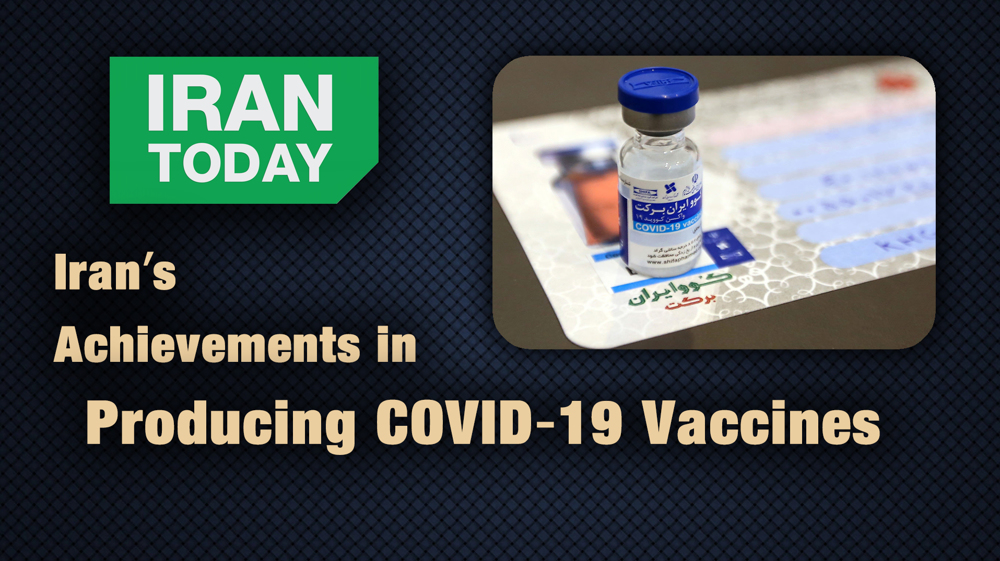
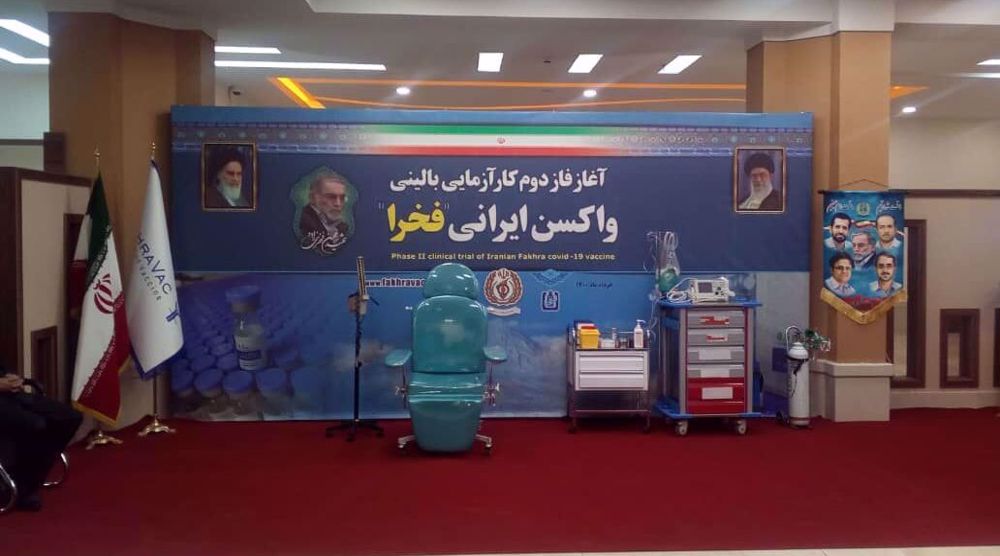

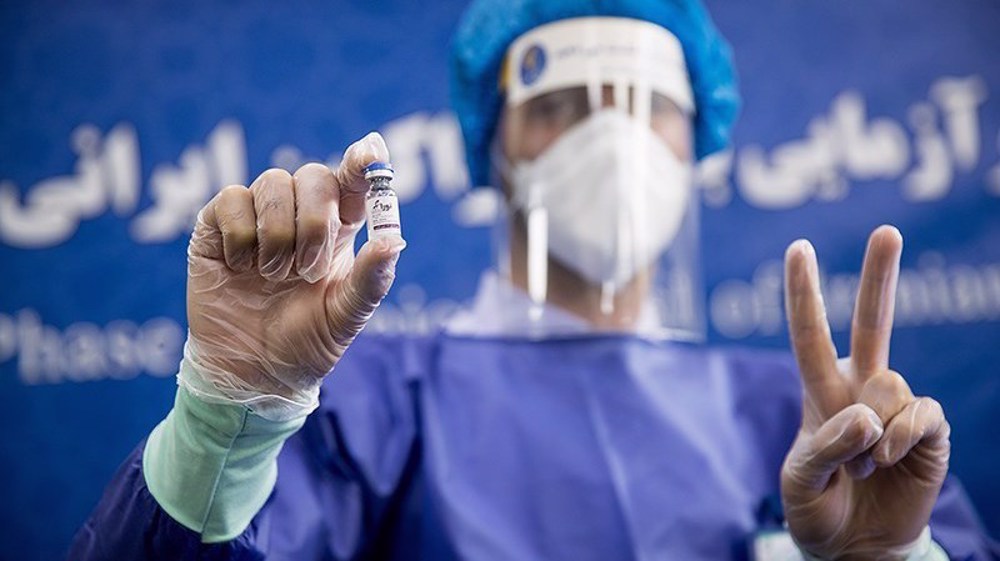


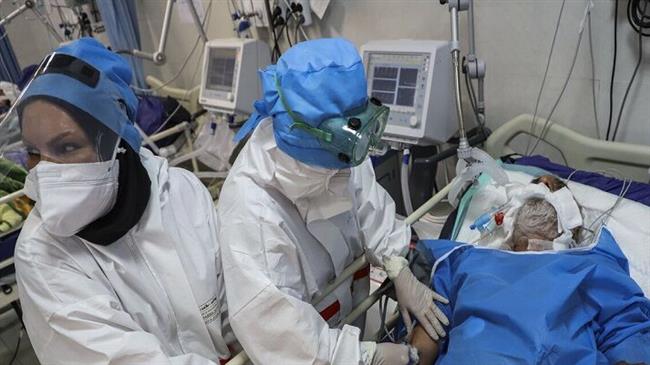

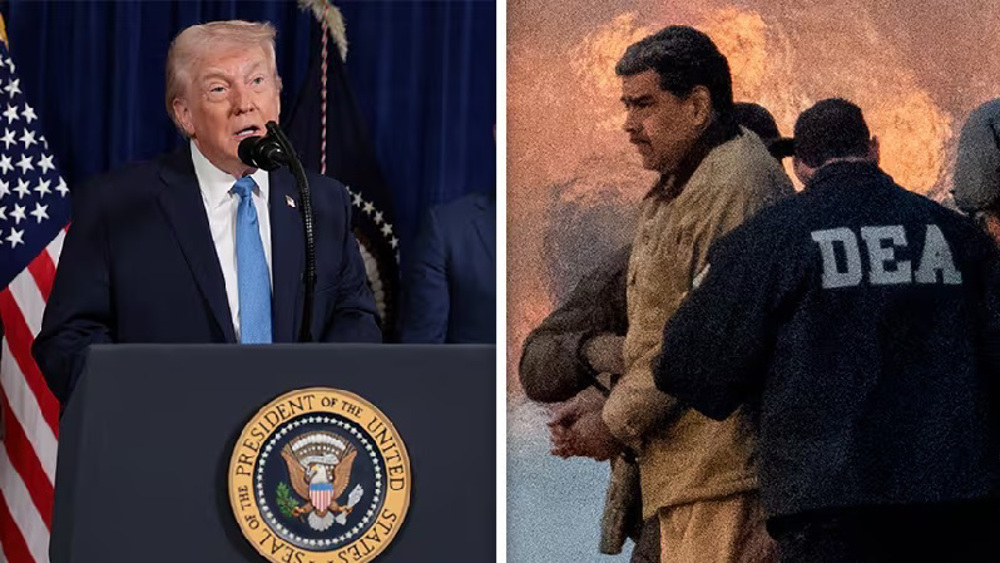
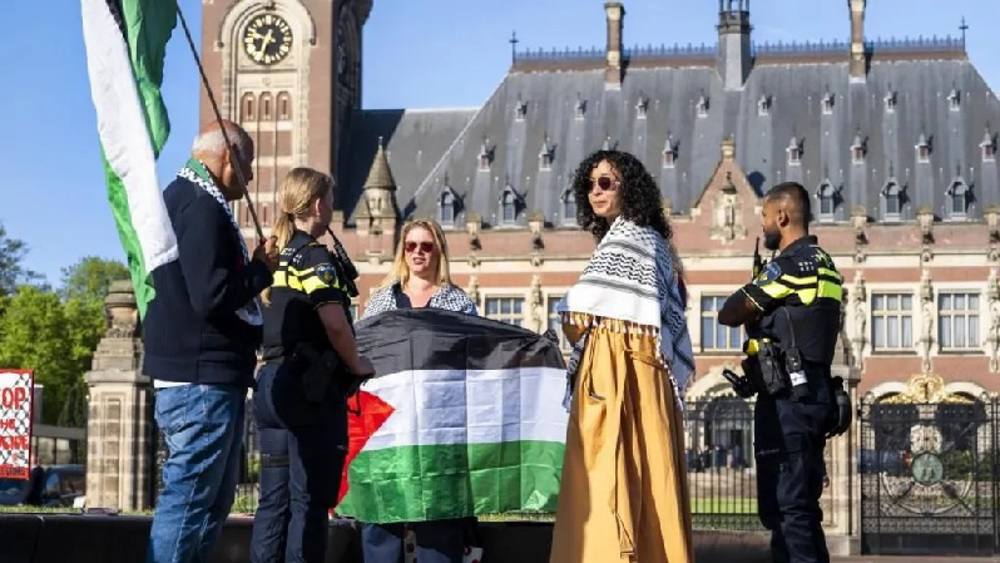
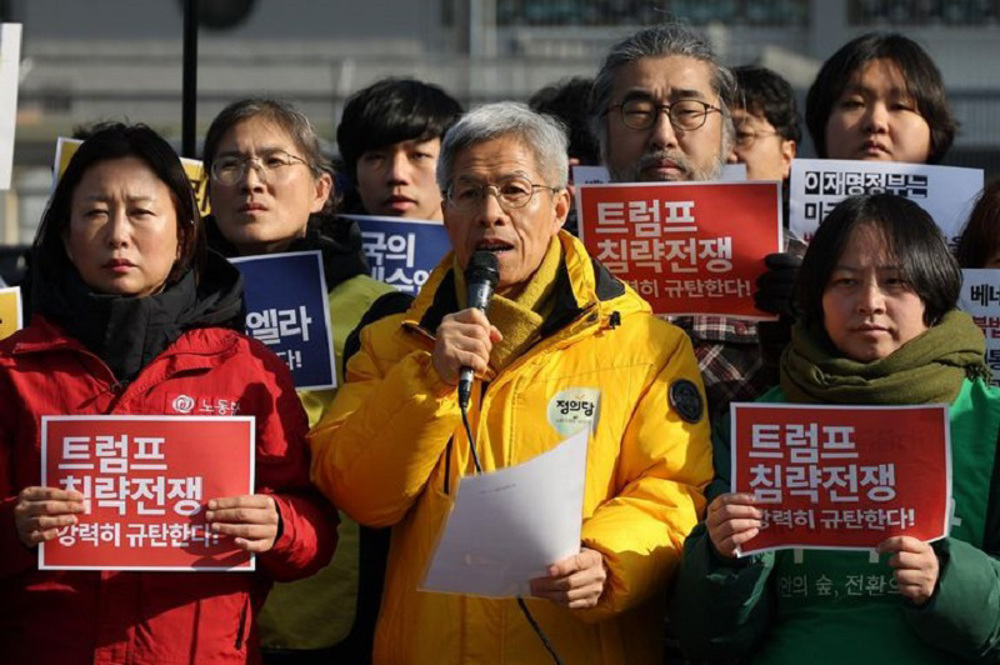



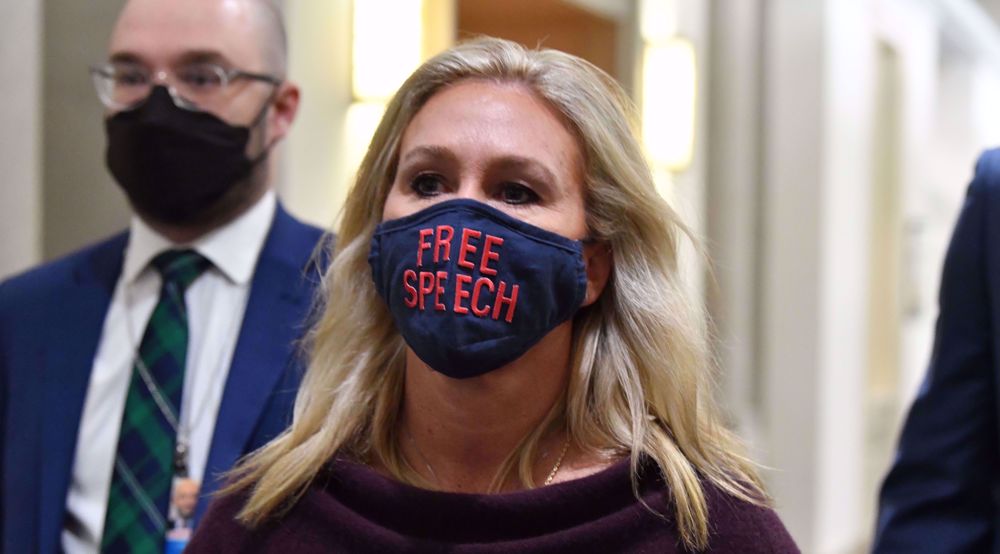
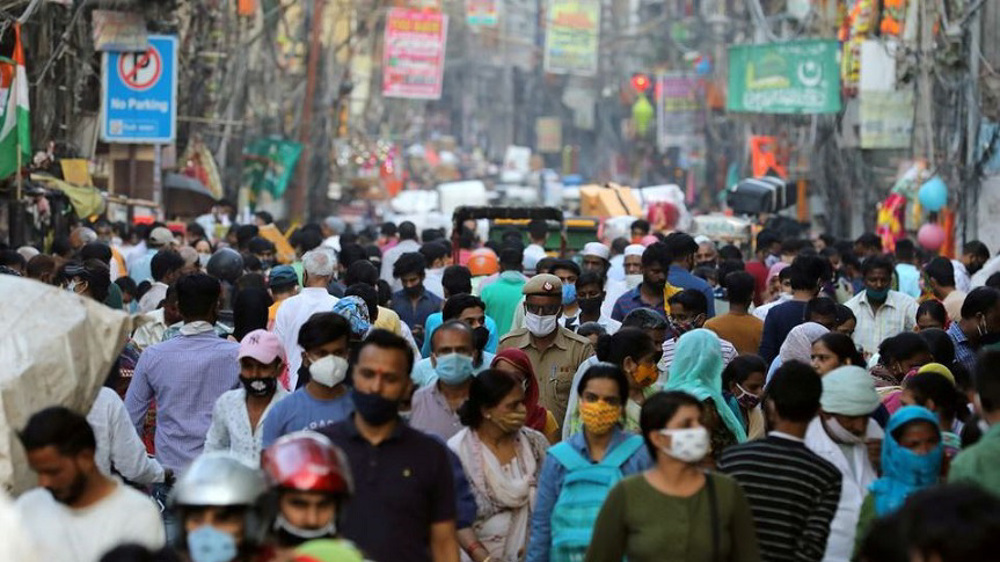

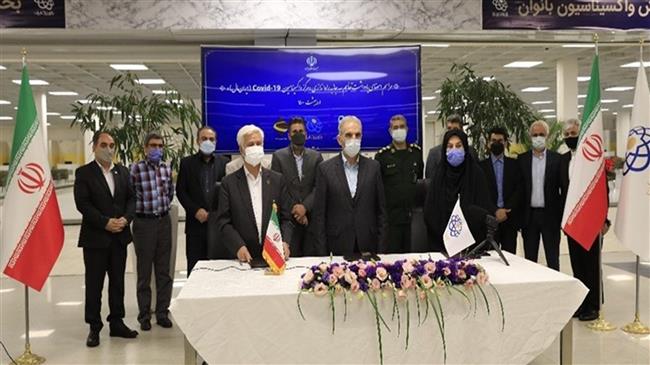



 This makes it easy to access the Press TV website
This makes it easy to access the Press TV website